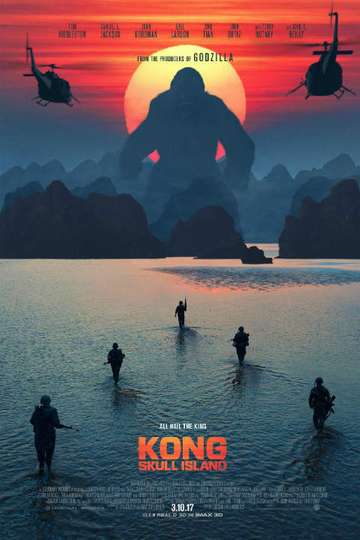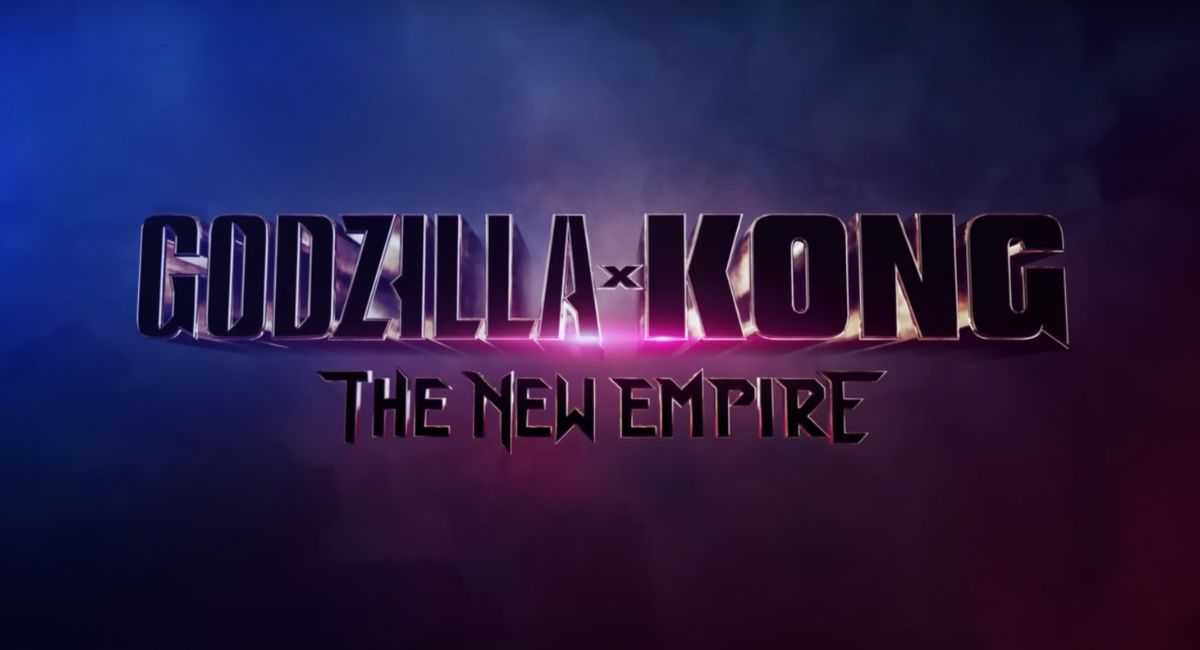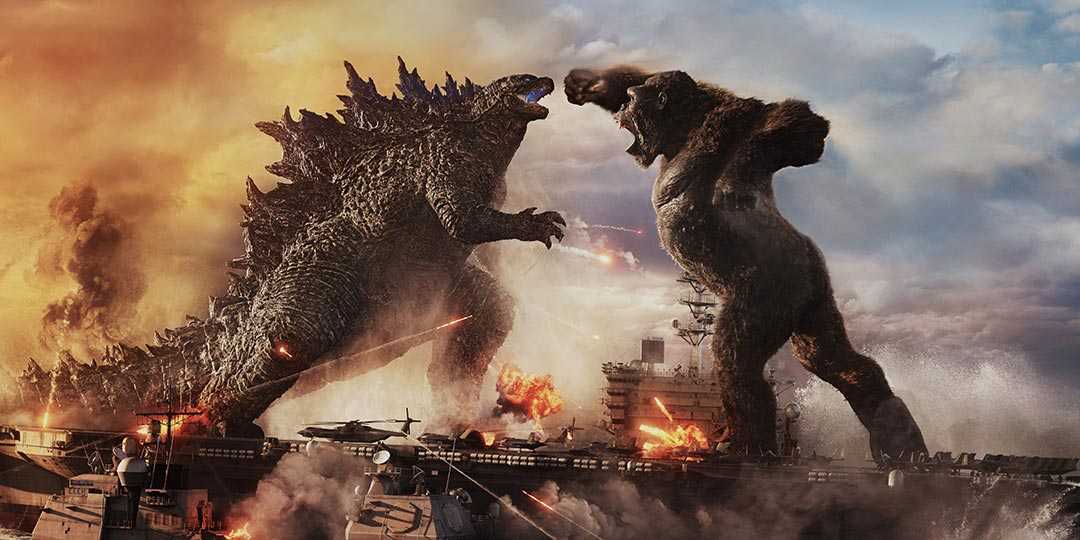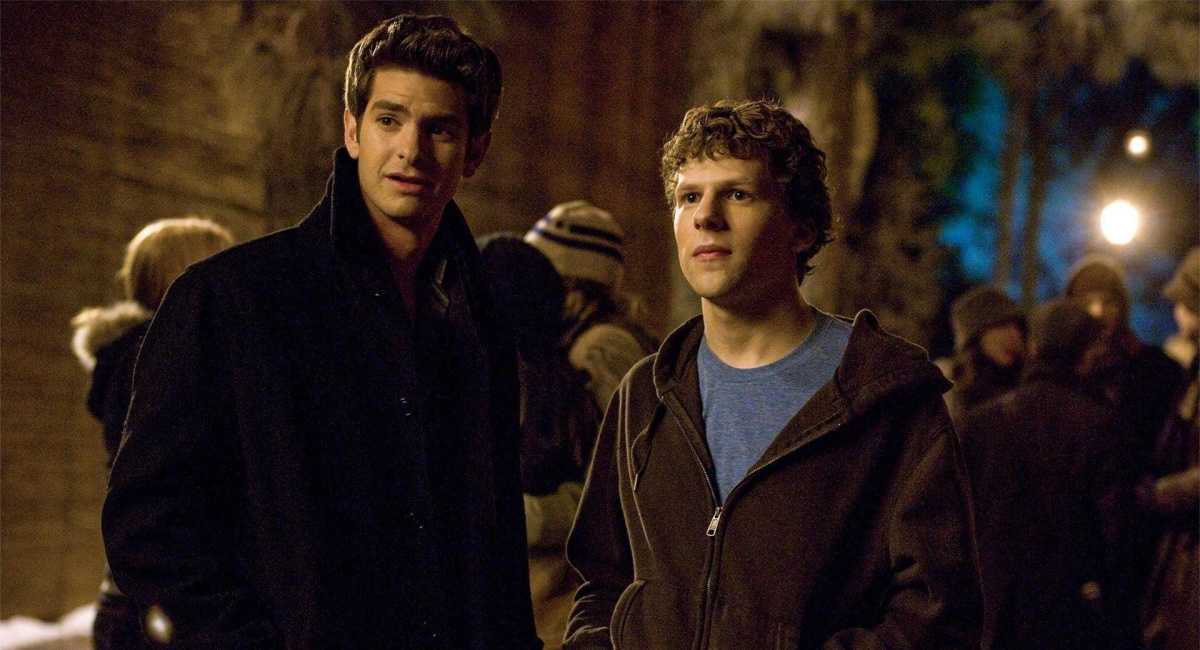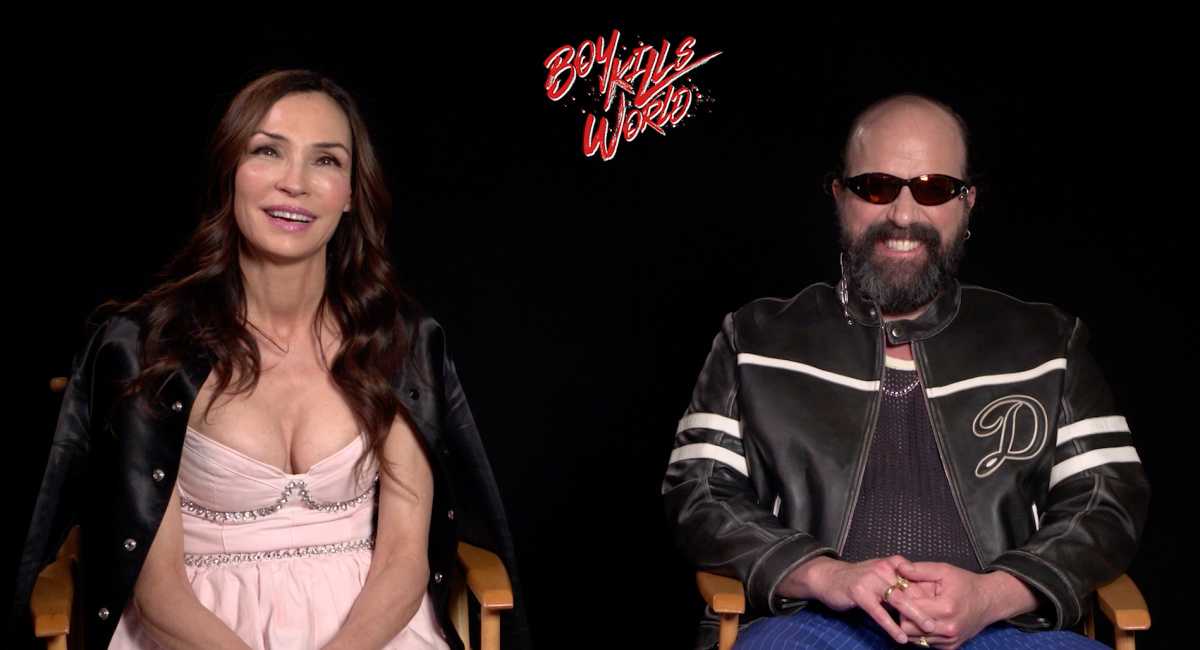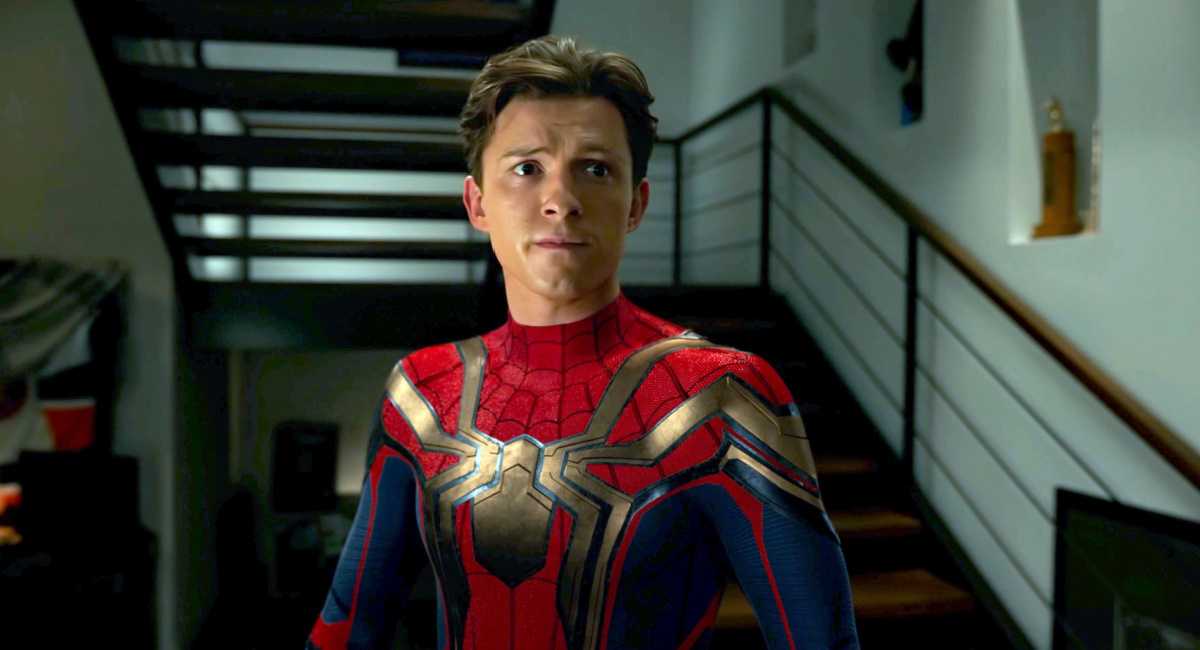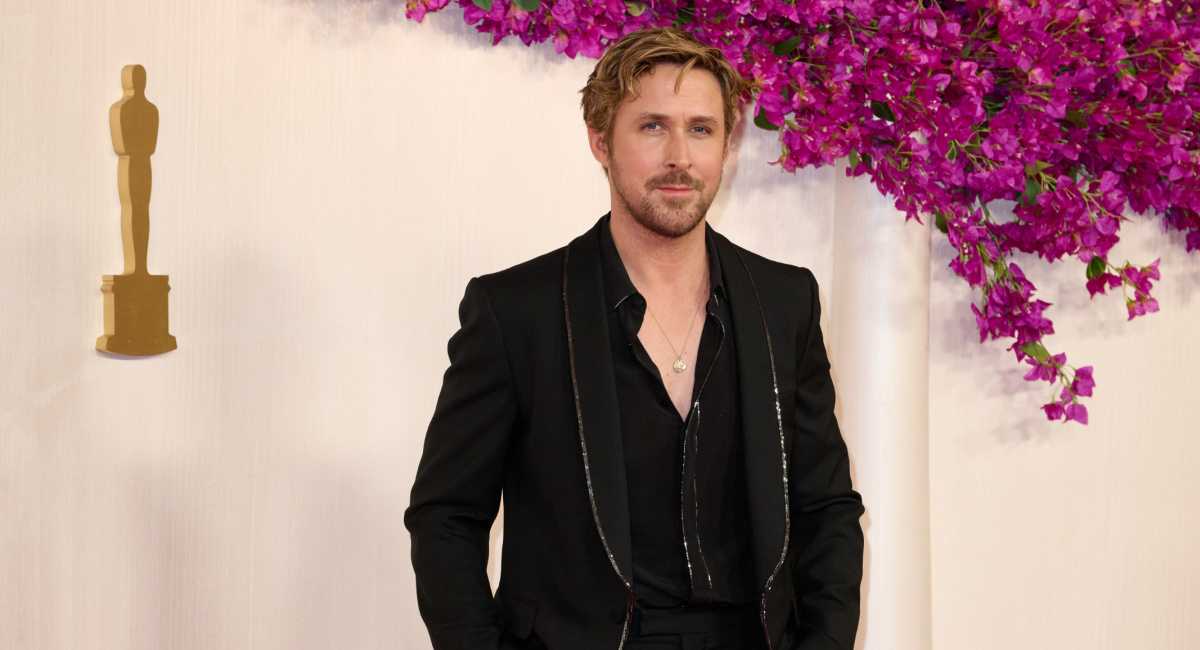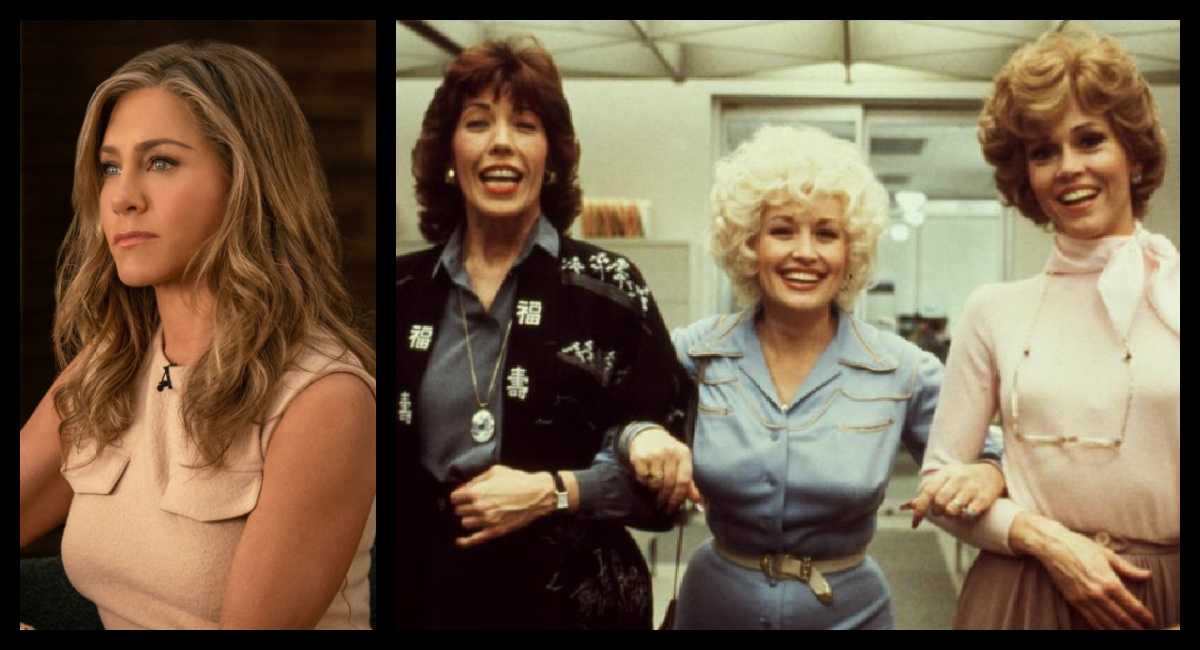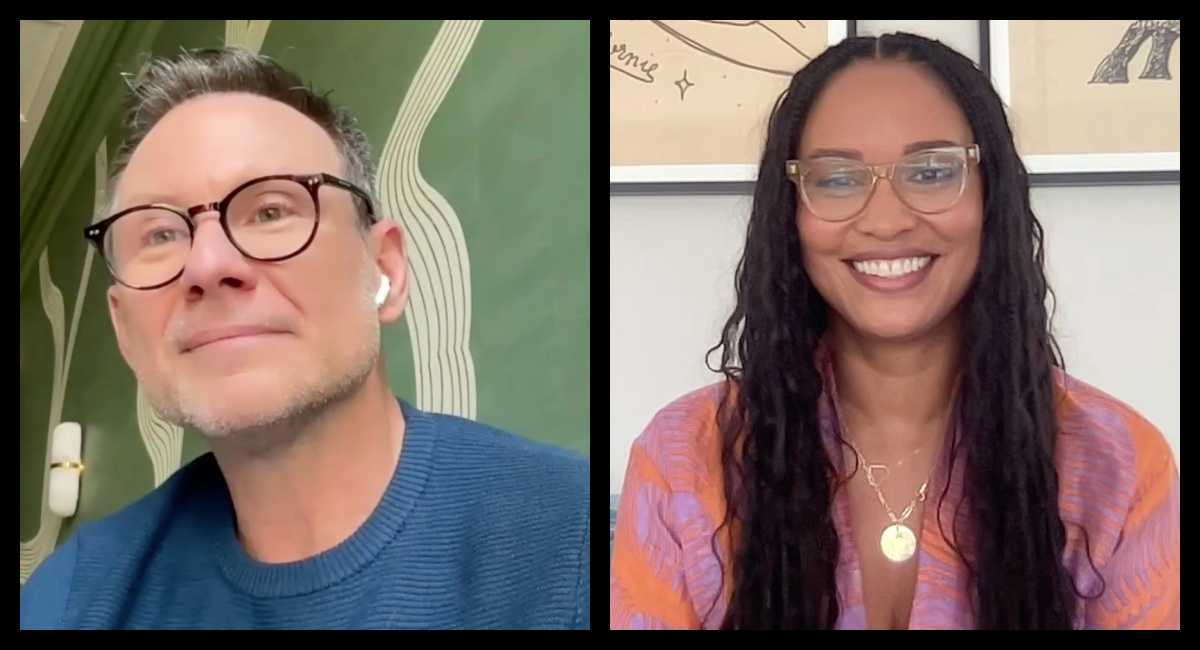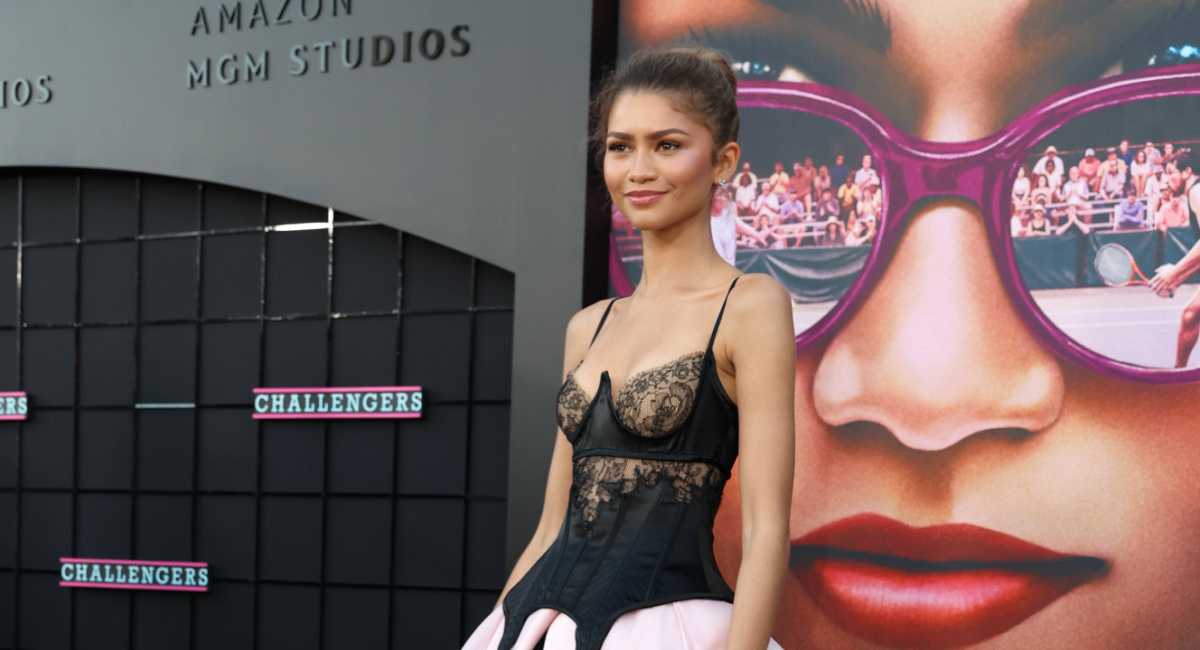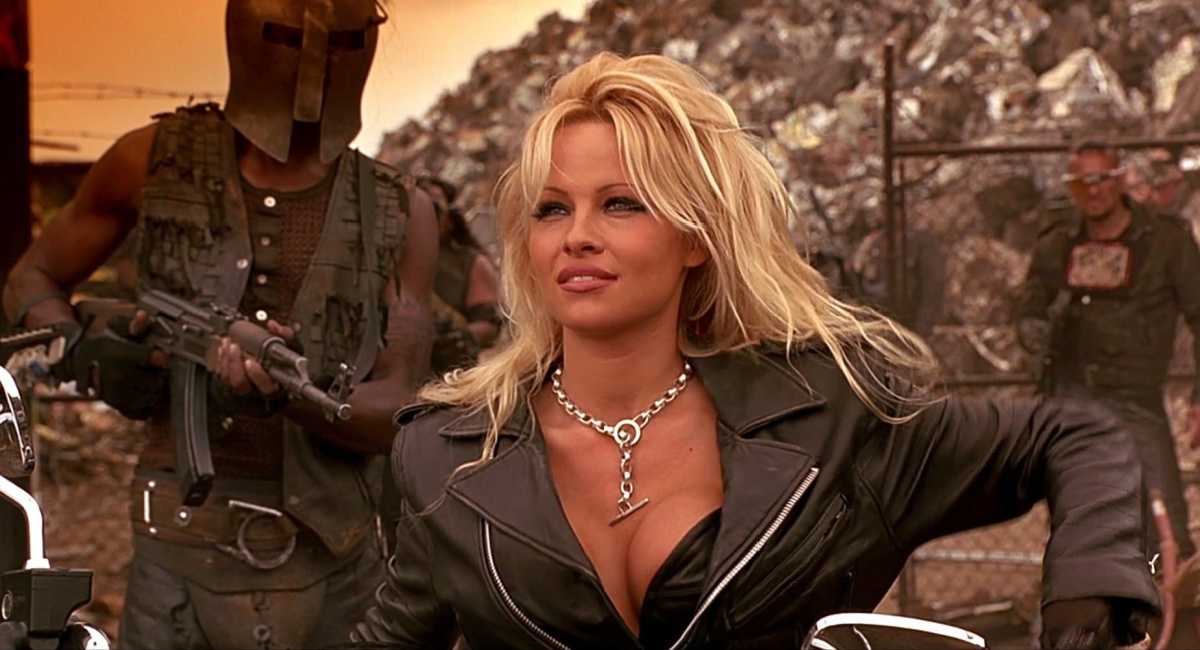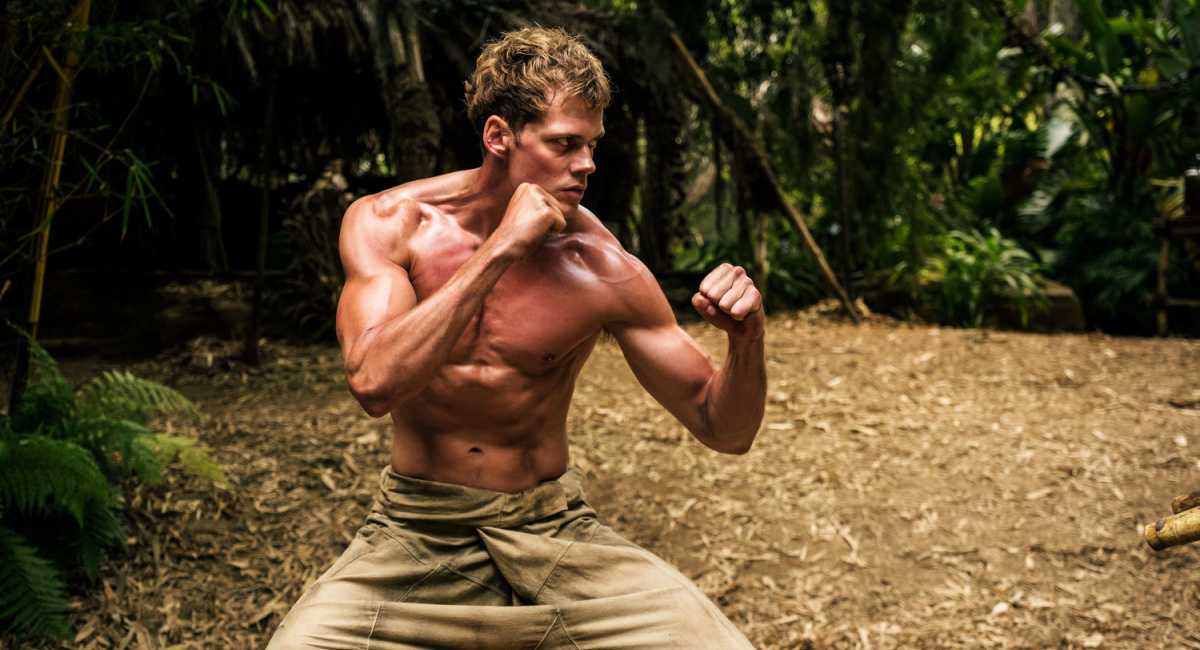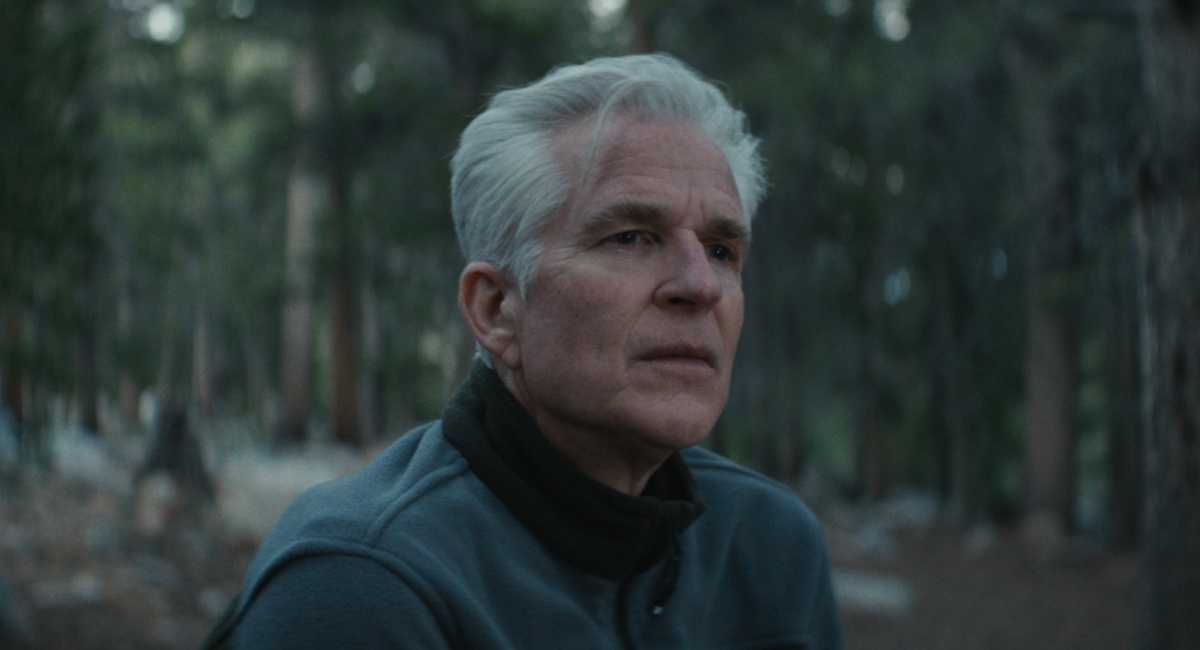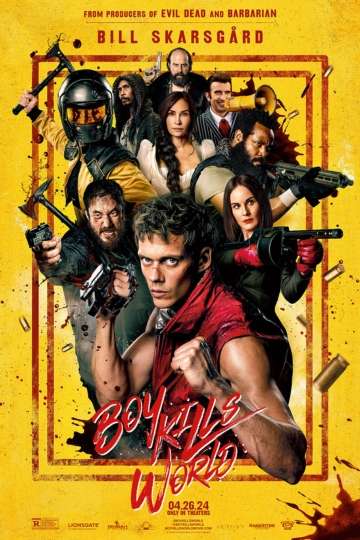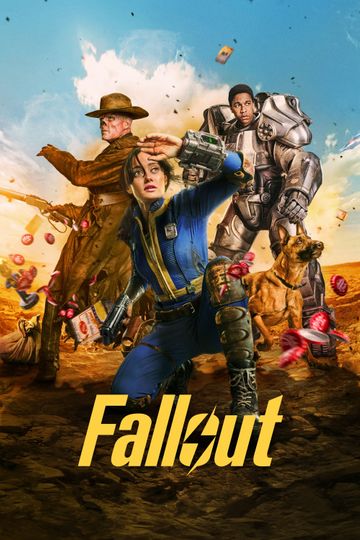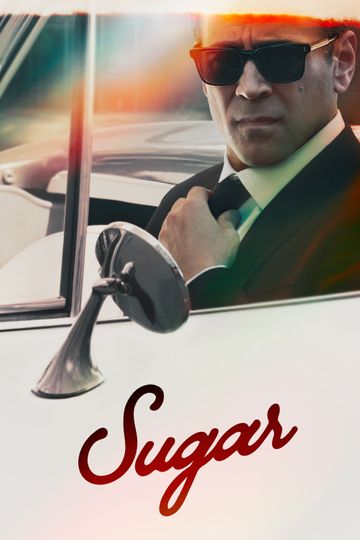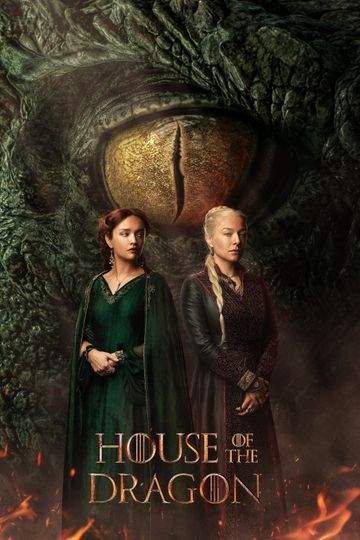'Kong: Skull Island' Director Dives Deep Into Easter Eggs, Miyazaki Monsters, and His 'Metal Gear Solid' Movie
Whatever you think "Kong: Skull Island" will be, it's not. It's not the metaphorically minded adventure of the 1933 version or the emotional rollercoaster of Peter Jackson's 2005 remake. (It is also nothing like the two films from the '70s or the movies that teamed Kong with Godzilla. The less said about those, the better.) Instead, "Kong: Skull Island," is an all-out war movie. It never leaves the island, never brings Kong back to the mainland. It's just a bunch of people, on Skull Island, having their asses handed to them. And it is awesome.
Part of what makes "Kong: Skull Island" so awesome is that it's set immediately after the conclusion of the Vietnam war, when a shadowy government organization called Monarch (one of the things that connects this film to 2014's "Godzilla" reboot) piggybacks on a Landsat expedition to map the island. That's how a mercenary (Tom Hiddleston), a war photographer (Brie Larson), and an embattled soldier (Samuel L. Jackson) end up facing down King Kong and a host of Skull Island's nastiest monster inhabitants. Oh, and John C. Reilly shows up as a pilot shot down on the island during World War II who has since learned to live with the natives. It's all very cool.
And it was all the brainchild of Jordan Vogt-Roberts, a young filmmaker best known for the Sundance sensation "Kings of Summer." I got to chat with the director when he was in town promoting "Kong: Skull Island," and we talked about John C. Reilly's jacket, the design of the creatures (and natives), the Hayao Miyazaki influence on the film, and whether or not his big-screen version of beloved video game "Metal Gear Solid" is still coming.
Right off the bat let's talk about Easter eggs. John C. Reilly has "for your health" written on the back of his jacket. Is that a reference to Steve Brule? Can you confirm?
[Laughs] Ironically, it is a Steve Brule Easter egg but it was originally designed as a reference to "Akira" and the jacket they wear in "Akira." It just happened to brilliantly coincide with the "For Your Health" Steve Brule reference. I remember when I showed the jacket to John he said, "You know that's a Steve Brule thing, too?" And I said, "Yeah and it's also an 'Akira' thing." So he said, "All right, well people are going to go nutty for this." I said, "All right." In a normal world, my instinct would have been, Ah,that's too close. But I thought, No, this is perfect. The fact that the original "Akira" reference lines up with this thing in John C. Reilly's life is too good to pass up.
And the insignia on the front of his jacket looks like the monsters on the island. I'm assuming that's intentional?
That is intentional. And it's a reference also to "Taxi Driver." If you look at the patch that Travis Bickle wears on his jacket in "Taxi Driver," it says "King Kong Company." If you side-by-side the two images you see the similarity.I would love to spend this entire interview talking about John C. Reilly's jacket, but we should talk about other things, too. It was your decision to set the film in 1973, right? Can you talk about what the project was when you got it and how it evolved?
When I got it, they came to me and said they were going to do a new "King Kong" movie and my first response was, "That's awesome, I love 'King Kong.'" And then my second response was, "Why?" They had a script that took place in 1917 that was a very cool script by Max Bornstein, who's a very talented writer. But it just didn't make sense why it should get made. And Kong was barely in the script. It was originally conceived as a "Jurassic Park" movie, and Kong is like the T. Rex. Like, it's not necessarily his movie. Max is amazing and that script is super cool; it just didn't make sense for me to be like, "Oh, I can direct this movie." So they said, "What movie would you direct? How would you make it relevant?"
I went away for the weekend and thought about it and started doing research and looking into different time periods. I saw that, in the early '70s, NASA started launching satellites that were mapping the Earth. They called it the Landsat Program. I was really obsessed with that as an incredible way of discovering something in a time when you believed things could still be discovered. I immediately upon thinking about the '70s started thinking about choppers and napalm and Hendrix playing and "Apocalypse Now" with King Kong. It's a Vietnam movie with monsters. I thought, I would watch the sh*t out of that movie. My friends would watch the sh*t out of that movie. There were so many thematic reasons that were bigger answers to that as to why it was the '70s, too.
So I went back to Legendary and pitched this Vietnam creature feature, and I thought I was going to get laughed out of the room. I thought they were going to say, "What? No!" And the cool thing about Legendary and Warner Bros. was they said, "Let's do that!"
The movie is very political and it's very stylized. Were you surprised at how much you were able to squeeze into what is obviously a big tent pole movie?
Well that was all a long process. From the beginning, it was very important to me that if we were going to play around with the imagery of Vietnam, we had to have a message. We had to have a comment on the war. Not everyone necessarily agreed with that, but I was like, "We cannot play with imagery that is this charged just to make a popcorn movie. There needs to be a message here as well."
As far as style goes, I was very surprised, but I can sit here and say that my style and my voice is in this film and I'm super proud of that. I think the thing that's missing from big popcorn movies is that they don't have a soul and they don't have a voice. And I think audiences want a point of view. I think that's the one way that films can truly separate themselves from TV and all the other noise and all the other content being created. That's the one thing movies really have, that when they excel a movie with a voice that suddenly feels different, you think, Wow, that's a revelation.
So I'm really proud of how much of it is in there. Luckily I had great producers who ultimately backed me on that, but it wasn't an easy process necessarily. You've really got to run through the gauntlet and just stick to your guns.Was it hard maintaining that voice while also being a part of this larger ecosystem of movies that King Kong is a part of?
Yes, it was difficult to maintain that, but, like I said, I ultimately had great people who backed me. There's a lot of things in the movie and a lot of people's favorite moments that I think are people's favorite moments because they're left of center or subversive or off-kilter, and anytime you do something like that you're stepping outside the box and there are a lot of people you have to make comfortable with that as you go. So it was not an easy, "Oh, yes, of course all this weird humor is going to be in here and all this style is going to be in here." If I was ever going to do a Director's Cut, there'd be 10% more style in the movie. I'm super proud of the movie but it is what it is at times.
And Legendary and Warner Bros. were really great because I said to them, "I feel like people are very cautious and weary of all of this franchise stuff." So many of these movies have scenes in the middle of the movie that have nothing to do with the movie you're watching and they only exist to set up some larger franchise. And that's a shame because you're diluting your own movie. There's a lot of people who will go to this movie and have no idea it connects to "Godzilla." And Kong is an icon. He is film history. He deserves to be treated as his own standalone film. They were great about hearing that, saying, "Let's tell the best version of this story so that when King Kong and Godzilla fight, you give a sh*t about him because you love that movie."
Let's talk about the design of Kong for a second, because what's so interesting is that he's much more of a man-in-suit design. Can you talk about getting away from the more primate look and embracing something more stylized?
One of the very first things I did when I got signed on was say that I wanted to make him a biped again, like the '33 version. I wanted to make him a movie monster again, where he has exaggerated proportions and was not just a big ape or monkey or gorilla but had his own, almost cartoony proportions. I wanted to take him out of the biped that walks like a simian and more like one that is a god. I wanted to make him more upright and this combination of a man and a beast and a god. So he would carry himself with a nobility and a pride and a sense of being regal but there's a sadness because he's the lonely protector of this place.
Another fascinating design aspect is the natives of Skull Island. You shied away from the primal man we saw in the most recent "King Kong," and I wanted to know where the face-paint came from. It almost looks like a circuit board.
It took a long, long, long time to nail the design of that stuff. It was really important for me because a lot of the Kong films do have these racist stereotypes of what these villagers are. I wanted to completely flip that on its head. And I'm also a child of 8-bit video games and circuit boards and things like that. Because as soon as you give soft edges to this paint it just felt very traditionally tribal and like you'd seen it before. I liked the idea of it feeling anachronistic and futuristic. Because I wanted the villagers to feel more evolved than us. They had a better understanding of themselves and their symbiosis with the island. I loved the idea of the paint because for me it wasn't just decorative but also served as a form of language. It also served as a form of camouflage. I loved the idea that it served these multi-purposes.Some of the creatures on the island, like the giant ox, feel very Miyazaki-y. Was that on purpose?
Yes, absolutely. It took a long time and we had thousands of drawings of creatures. We knew where we wanted to go with Kong, but we didn't want to do dinosaurs on the island. Peter did such a good job with dinosaurs and the '33 one did that and "Jurassic World" did that. I felt like we'd seen it before. I went through so many designs with so many artists and that creature was the design that really broke it open for us. Suddenly Miyazaki and "Princess Mononoke" and this sense of beauty and spirituality and this slightly heightened mythical feel was created. That broke open the door for the design of what these other creatures should be. If Kong is the god of the island then these other creatures are the gods of their own domain. And I loved that. I loved that idea and I love Miyazaki and I think there's a lot of "Princess Mononoke" in this movie.
Is "Metal Gear Solid" still brewing, or have you moved on to other things?
"Metal Gear Solid" is absolutely still brewing. We're working on the script and that is one of the most special, idiosyncratic properties on the planet for me. There's not another franchise on this Earth that I would rather shepherd into existence because Kojima's voice is so special and pure and it would be so easy for Hollywood to misinterpret what that property is. Luckily, we have great producers on that. Nailing the walking philosophies as these characters exist and nailing the feeling of tension and dread you get as you're caught and every step you take you go further and further into the belly of the beast as you're sneaking around. You're nailing the feelings that that game makes you feel and putting that in a movie is so exciting to me. That is still on. We need to get the script right and we need to get the script right in a way that honors what the game is and honors Kojima's voice and breaks the curse of video game movies.
"Kong: Skull Island" is out everywhere this Friday.
